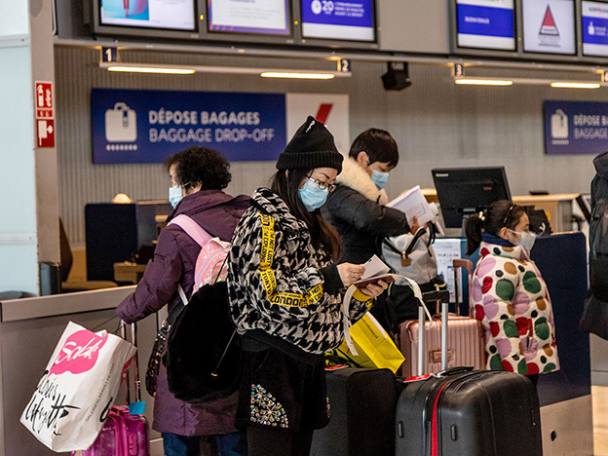We’ve heard a lot lately about R, or the basic reproduction rate of Covid-19. What’s much less appreciated, though, is that economists increasingly believe that R has a close cousin in financial markets.
One clue that this is the case is that the progress of a stock market bubble resembles the spread of a virus. Just as the number of infections seems to rise slowly at first but then explode before falling back, so too do bubbles begin slowly and then accelerate. During the tech bubble, for example, both the Aim index and IT stocks posted their biggest rises just before the bubbles burst – both doubled between September 1999 and February 2000.
There’s also a similar mechanism. Just as a virus is spread by social contact so too are attitudes to shares. Hans Hvide and Per Ostberg have shown that people’s share purchases are strongly influenced by those of their work colleagues. And Tilburg University’s Ben Jacobsen has shown that our asset allocation decisions are swayed by those of our friends and family. In his latest book, Narrative Economics, Yale University’s Robert Shiller shows that it is often word of mouth that draws out attention to shares. The spread of ideas about the economy and stock market, he shows, can be described by the same sort of susceptible-infectious-recovered model that describes the spread of viruses.
Which is why bubble-driven share prices and infections show a similar pattern. A daily R of two implies that one case becomes 128 in a week and over 16,000 after a fortnight – that is, growth goes from barely noticeable to explosive. Similarly, when investors are infected by bullishness they spread it to others, causing prices to rise slowly at first but explosively later.
Which is a problem, because as David Hirshleifer at the University of California at Irvine shows in a recent paper, word of mouth gives us biased ideas.
We all like to talk about our successes more than our failures. This isn’t just because we big ourselves up; researchers at the University of Maastricht have shown that we remember our successes more than our failures. This can generate momentum as investors buy previous winning stocks, under the influence of others.
It also distorts our investments because winners talk while losers stay silent, which gives us an upwardly-biased idea of the returns to active stockpicking, and especially to speculative stocks – we think these pay off better than they in fact do.
And just as a virus spreads exponentially, so too do these distorted ideas. “Small bias has large effects,” says Professor Hirshleifer.
There’s another similarity between viruses and asset pricing. Our susceptibility to viruses sometimes depends on the climate – we’re more likely to get flu in the winter. Similarly, susceptibility to mispricing shares depends on the economic climate. We are more likely to see bubbles when the economy is growing well and when appetite for risk is therefore high. We are also more likely to see them when we can tell stories of how the economy will be transformed by the companies of the future – be they railway stocks in the 1840s, or the internet in the 1990s. We’ve not had an equity bubble recently because these two conditions have been absent.
None of this, however, means that ideas must spread widely to distort prices. They needn’t. Ulrike Malmendier at the University of California at Berkeley has shown that prices are often set by only a minority of investors: the US’s house price bubble of the mid-2000s was driven largely by the 1 per cent of Americans who bought a lot of houses.
As with Covid-19, even if only a minority of people get infected it can cause a lot of damage.
The point here is that the efficient market hypothesis is sometimes badly wrong. The idea that all information is in the price poses the question: where does the information come from in the first place? The answer is: from communication with other people. And communication can be biased – as anybody who has ever spoken with a real person will know.
Contrary to the assumptions of standard economics, we are not desiccated calculating machines with complete information and rationality. Instead, we are social animals, which imparts particular biases to our thinking.











